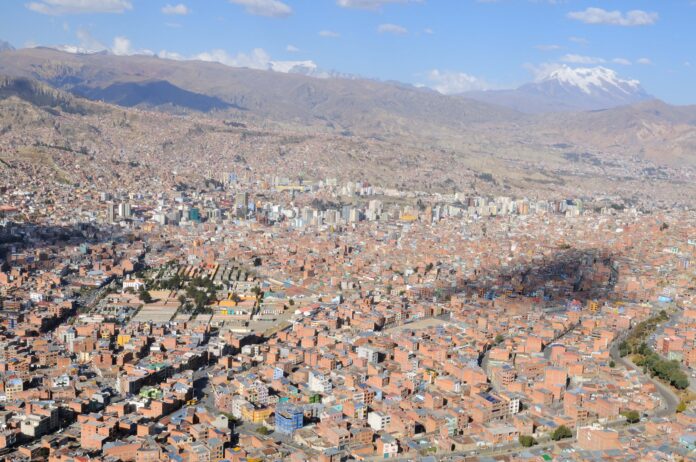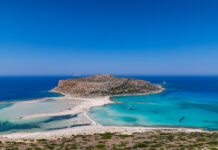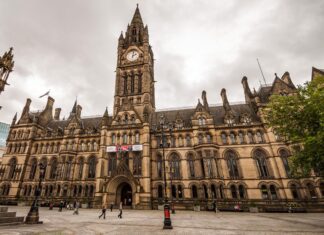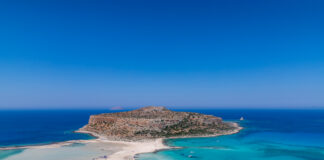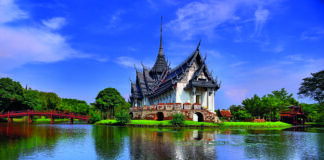Food
The culinary scene of La Paz is a vibrant mix of indigenous and European influences that encapsulate the rich cultural heritage of Bolivia. Dishes are filled with robust flavors, unique ingredients, and traditional cooking methods passed down through generations.
Salteñas are a Bolivian delicacy not to be missed. These baked pastries, similar to empanadas, are filled with a slightly sweet, spicy, and savory stew, usually consisting of chicken or beef. Chairo is a nourishing Andean soup made with beef, local grains, and various potatoes - an ideal meal to warm you up in the high-altitude chill. On the sweeter side, don't miss out on Tantawawas, traditional bread shaped like children and animals, typically prepared for Todos Santos, the Day of the Dead.
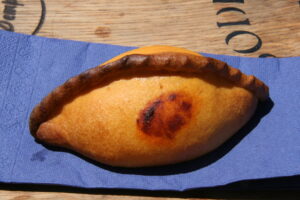
Culture
A melting pot of indigenous and Spanish traditions, the culture of La Paz is both vibrant and diverse. The city is a canvas of colorful traditional costumes, mystical markets, lively music, and energetic festivals.
One of the most distinctive cultural experiences is visiting the Witch's Market, where vendors sell local handicrafts, traditional herbs, and mystical remedies. The city's festive calendar is bustling, with the Gran Poder Festival as the highlight, featuring parades with traditional music, dance, and elaborate costumes.
Travel Tips
- Adapting to Altitude: As the highest capital in the world, La Paz's altitude can cause mild altitude sickness. Acclimatize slowly and stay hydrated.
- Currency: The official currency of Bolivia is the Boliviano, but U.S. dollars are also widely accepted.
- Safety: La Paz is generally safe for tourists, but it's advisable to exercise caution in crowded areas and avoid walking alone in deserted places at night.
- Climate: La Paz has a subtropical highland climate. The ideal time to visit is during the dry season from May to October, when the weather is relatively warmer and sunnier.
Interesting Facts
- Positioned at an astounding 3500 meters above sea level, La Paz is recognized as the highest administrative capital in the world.
- The city boasts the world's largest urban cable car network, a convenient and scenic mode of transport for locals and tourists.

- The lunar calendar, carved on a semi-subterranean temple wall at the Tiwanaku site in La Paz, is claimed to be the oldest in the Americas.
Top Places
- Valley of the Moon: This remarkable geological formation, named for its lunar-like landscape, is located about 10 km from La Paz's city center.
- Witch's Market: A fascinating market where traditional Bolivian crafts, herbs, and potions can be found.

- Plaza Murillo: The city's primary square, hosting the Presidential Palace and the city's magnificent cathedral.
- Mi Teleférico: Hop onto the world's most extensive cable car system for a unique city perspective.
- Tiwanaku: Just an hour's drive from the city, this archaeological site offers an insightful look into the region's pre-Incan history.
La Paz is a city of contrasts with its mesmerizing blend of traditional and modern, indigenous and European, highland and lowland. Its unique culture, delectable cuisine, and many sightseeing opportunities make it a memorable destination for any traveler seeking an enriching and adventurous experience in South America.

